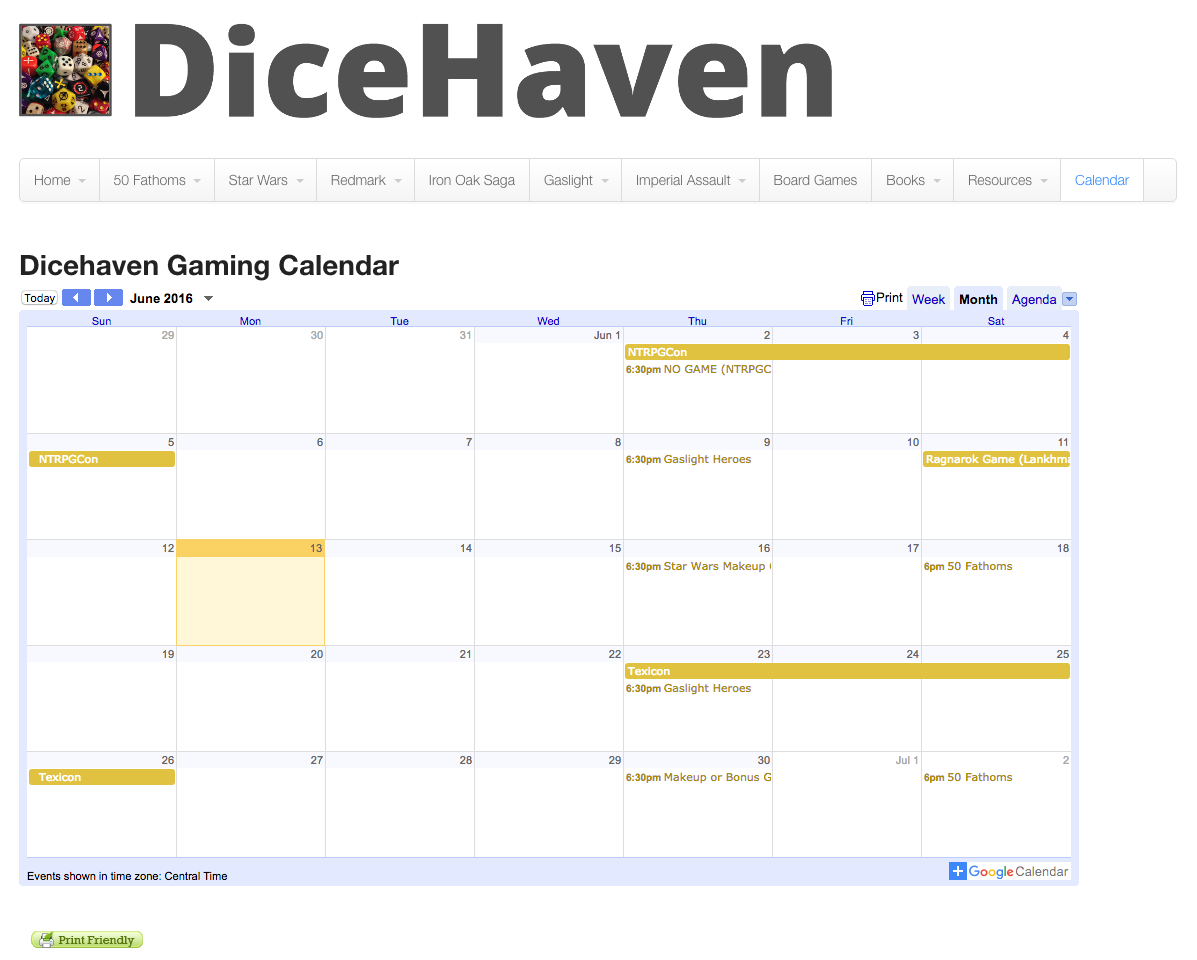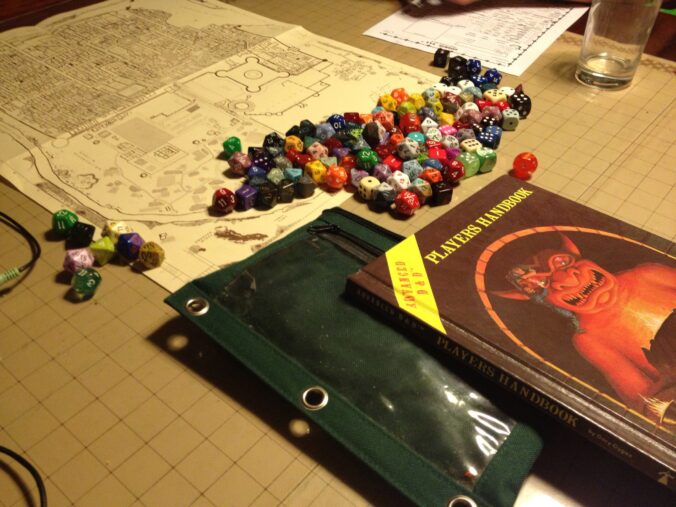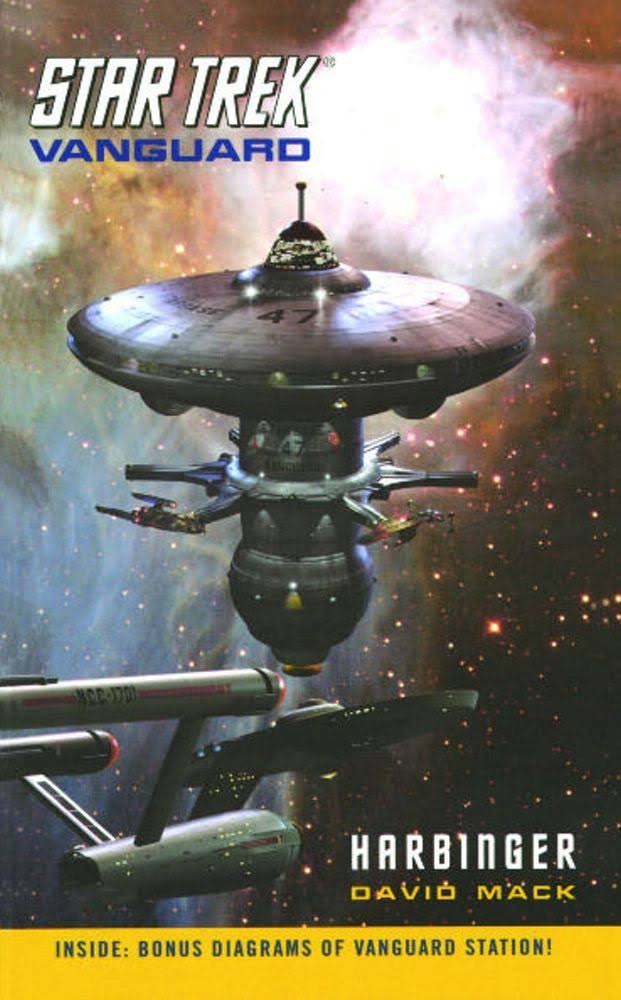I’ve been playing D&D 5e since the weekend the beta first went live in May 2012. It’s my favorite version of D&D ever, and I’ve played them all (for the record, I did not care for 3e and 4e).
I’ve also run a few TOR games converted to 5e using the house rules from http://www.zerohitpoints.com/Middle-Earth-for-DnD-5/ to generate our characters.

Orc miniatures from Games Workshop
Here is a blog post on my more recent game where I ran ‘Of Leaves & Stewed Hobbit’ — http://swshinn.com/game-design/combat-speed-part-1.
I did an analysis of combat in that game. In the combat were 31 combatants (including the six PCs). The battle took five rounds of combat and lasted a total of 50 minutes and left 22 dead and many others close to death. In my version of this set piece battle we had 6 PCs, 3 NPCs, 11 goblin archers, 8 goblin swordsmen, 2 Orc chiefs and 1 troll. Some of the players had never played D&D 5e before so some of that time were rules explanations.
I’m pointing this out since a big, complicated set-piece battle like this would have taken probably 90 minutes in a game like Savage Worlds, and probably over 2 hours in a game like Pathfinder.
Skill checks, wilderness travel, fatigue, combat — all of these 5e rules felt like a great fit for the Middle-earth setting.

My custom GM Screen using Brothers Hildebrandt Art
D&D 5e is the most heavily playtested game in history. It flows fast, is well supported, and has quickly become the most played RPG on the planet. Moreover, there is a resurgence in RPG playing that is partly due to 5e’s popularity. The biggest demographic of players is the under-35 crowd, so WOTC is bringing new players into the hobby by droves.
All of which is to say I personally am AMAZINGLY excited that Cubicle 7 is bringing Middle-earth to D&D 5e! I will buy the books and play it a lot, evangelizing the game in conventions and on my blog. Other than probably house-ruling in some of the herb rules from MERP into the game, I imagine 5e + Cubicle 7 Middle-Earth products to be a near perfect combination for what I want out of a Lord of the Rings game.

Big Set Piece Battle from the First Time I Ran ‘Of Leaves and Stewed Hobbit’ in my Home Game











Recent Comments